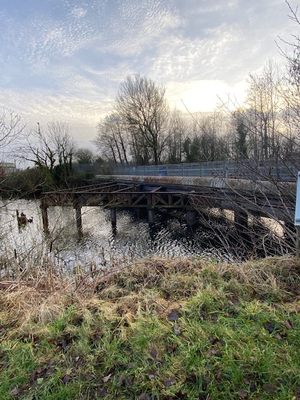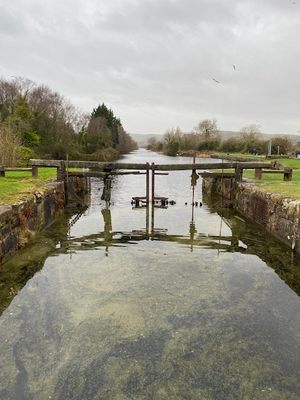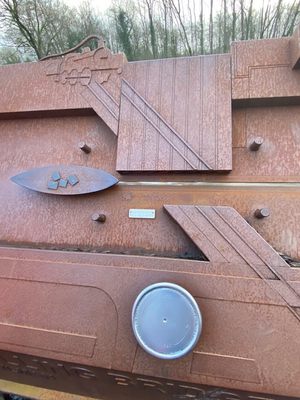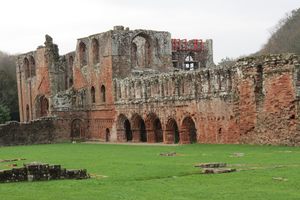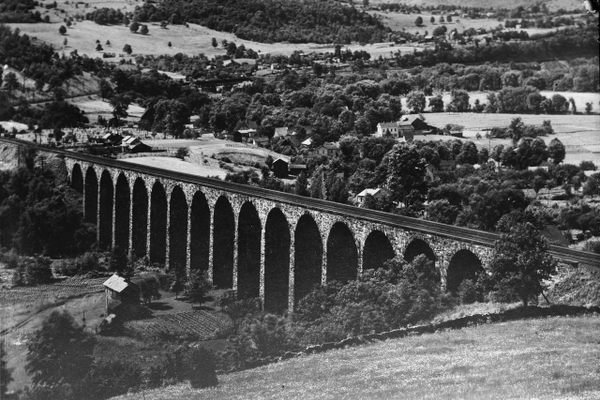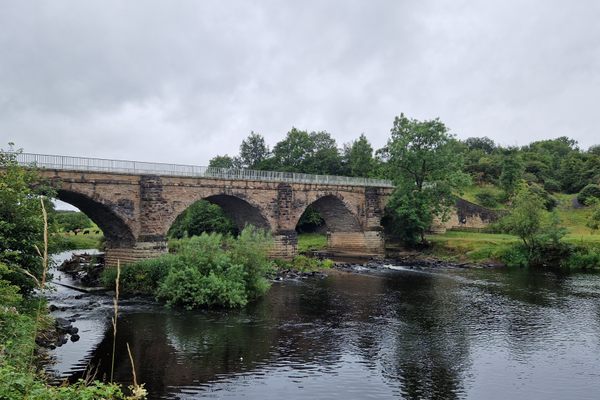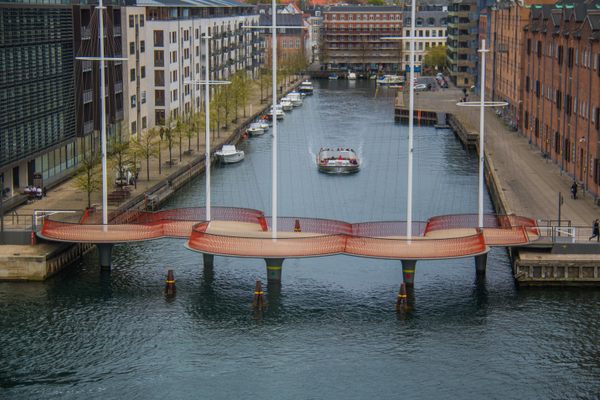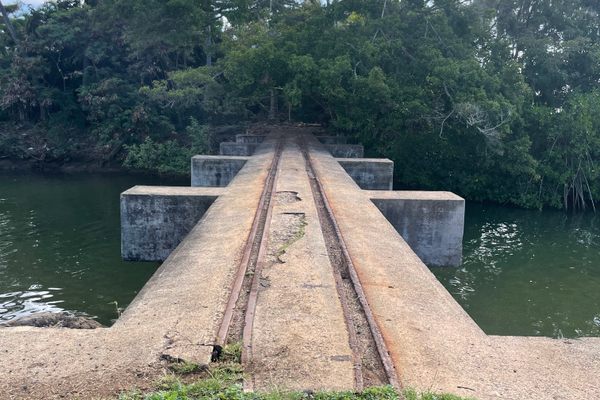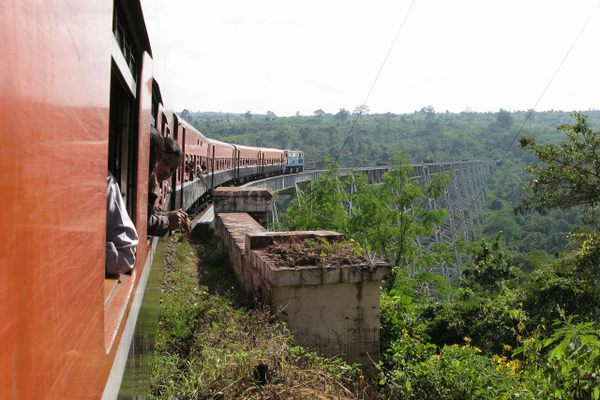About
Ulverston, a market town in northwestern England, is situated a mile inland from the shore of Morecambe Bay. Despite this distance from the sea, the town was designated as a seaport in the late 1700s, to get around paying sea duty on certain goods which could be shipped on to canal routes. To improve access to the town a canal was built, its total length is just 1.35 miles (2 km long) and along its whole length, the canal is entirely straight, leading to Ulverston Canal being described as the straightest canal in Britain.
The canal opened in 1796, at a total construction cost of £9,200. It does not link to the main canal network and is all on a single level, with only one lock gate, a sea lock, at the end of the canal as it enters the Irish Sea. The area around the canal was industrialized with ironworks, paper mills, gas works, and shipbuilding.
In the 1840s, the Furness Railway was opened, carrying passengers and freight. When the railway line was extended west in the 1880s, engineers had to devise a way for the railway to cross the low level Ulverston Canal. At Ulverston a unique bridge design was put in place to would minimize disturbance to shipping and avoid the need for complex earthworks or steep gradients. A rolling bridge mechanism was constructed mid-way along the canal, crossing the canal at the level of the towpath.
Built in 1883, the Ulverston Canal Rolling Bridge is believed to be the only surviving example of this kind of bridge from the 19th century in Europe. The rare and unusual design is made of iron and steel on a timber frame. A moveable subsidiary framework built at 90 degrees to the canal which had railway tracks attached at 45 degrees to the framework. The framework’s central part rolled back on wheels into a dock area built into the canal’s bank. This left the canal unobstructed, enabling boats to pass. Movement of the bridge was through the use of hydraulics. The adjacent engine house was demolished in the 1950s. A supplementary power source was housed in a tall red-bricked accumulator tower which can be seen on the canal’s south bank.
The railway line was in use until 1994. The tracks were left on the bridge and the bridge has been modified with the removal of some timber decking and the construction of a pedestrian walkway. The bridge is now in a fixed position and does not move.
The canal was last commercially used in the 1940s. A large GlaxoSmithKline factory is now located on the western side of the canal. In the 1970s, GlaxoSmithKline bought the canal from Ulverston's town council and used it as an emergency water reserve. It has now been sold to the Ulverston Canal Company, to ensure its continued maintenance and preservation. The Rolling Bridge and associated accumulator tower have been given Grade II listed building status.
Related Tags
Know Before You Go
A sculptural interpretation board has been installed by the bridge demonstrating how the rolling bridge mechanism worked.
Community Contributors
Added By
Published
March 8, 2022
